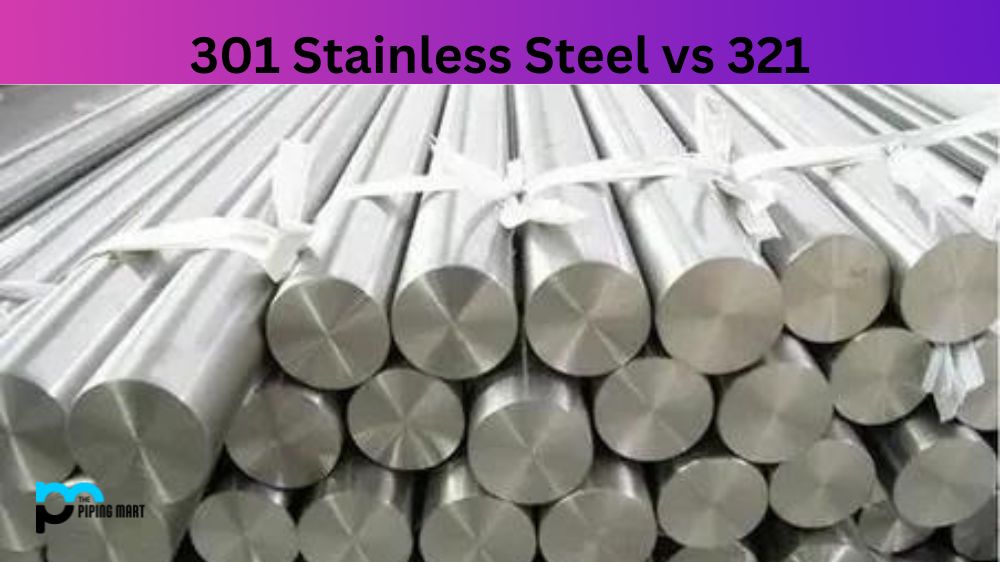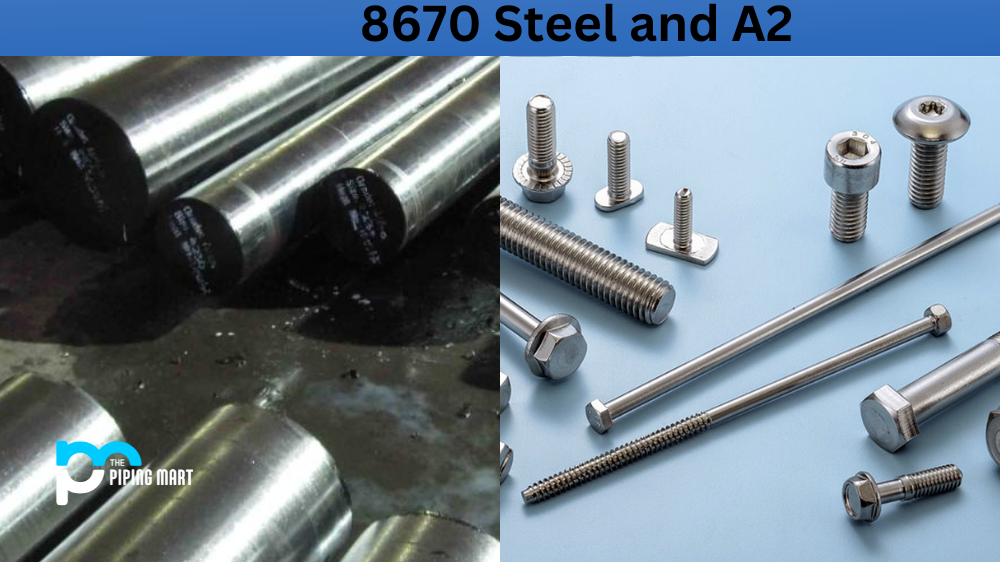When it comes to stainless steel, there are many different types, each with unique characteristics. Two common types are 301 and 321 stainless steel. While both are popular choices for manufacturing products across various industries, there are some key differences between the two. In this blog post, we’ll explore the differences between 301 and 321 stainless steel to help you make the best decision for your next project.
What is 301 Stainless Steel?
301 Stainless Steel is a chromium-nickel austenitic alloy. It’s an economical grade of stainless steel with high levels of manganese and nitrogen,, offering good corrosion resistance, strength, and ductility. It also has excellent toughness, formability, weldability, cryogenic properties, and high strength.
What is 321 Stainless Steel?
321 stainless steel is an austenitic chromium-nickel stainless steel that contains titanium. It has excellent resistance to intergranular corrosion and offers higher creep and stress rupture properties than other grades of stainless steel. In addition, it provides good strength at elevated temperatures and excellent oxidation resistance up to 1500°F (816°C).
Difference Between 301 Stainless Steel and 321 Stainless Steel
Composition
The composition of these two types of steel is one of the biggest differences. 301 stainless steel is mostly composed of chromium and nickel, with a small amount of carbon. On the other hand, 321 stainless steel is a titanium-stabilized version of 304, containing a higher percentage of chromium, nickel, and titanium. This difference in composition makes 321 stainless steel more resistant to high temperatures and corrosion.
Properties
The properties of 301 and 321 stainless steel differ as well. 301 stainless steel is known for its tensile strength and high ductility. It’s also known for its ability to be cold-worked to higher tensile strengths than other types of stainless steel. On the other hand, 321 stainless steel is specifically designed to resist high temperatures and corrosion. It has excellent creep and stress rupture resistance, making it a popular choice for high-temperature applications.
Applications
Both 301 and 321 stainless steel have a wide range of applications. 301 stainless steel is commonly used for applications that require high strength and good corrosion resistance, such as springs and washers. It’s also commonly used for fuel lines and brake components in the automotive industry. 321 stainless steel, on the other hand, is commonly used in high-temperature applications, such as jet engine parts and exhaust systems. It’s also commonly used in the chemical industry for reactors and evaporators.
Cost
Another important factor is the cost difference between 301 and 321 stainless steel. Generally speaking, 321 stainless steel will be more expensive due to its higher percentage of nickel and titanium. However, if you are working on a project that requires high-temperature resistance and corrosion resistance, the cost may be worth it for the long-term benefits.
Welding
There are some differences between these two types of steel when it comes to welding. 301 stainless steel is easy to weld and can be welded using all welding techniques. 321 stainless steel, on the other hand, requires a low heat input and special welding techniques to prevent the formation of chromium carbide precipitation. This can lead to a reduction in corrosion resistance if not done correctly.
Conclusion:
Choosing the right type of stainless steel for your project is important. The differences between 301 and 321 stainless steel come from composition, properties, applications, cost, and welding. Ultimately, the right choice will depend on your specific needs and requirements. Consider factors like high-temperature resistance, corrosion resistance, and cost when deciding. Talk to a professional to help assess your needs and ensure you make the best project choice.

Meet Bhavesh, a seasoned blogger with a wealth of knowledge and experience. From metal products manufacturing to retail, Bhavesh has a diverse background in various industries and is dedicated to sharing his insights and expertise with readers.




